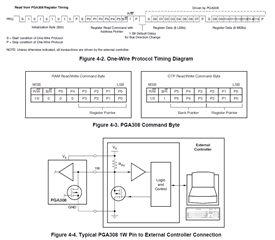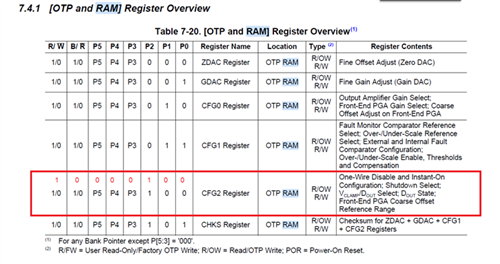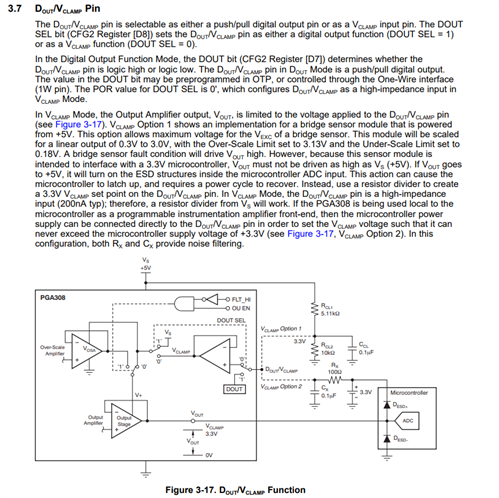Other Parts Discussed in Thread: TRS202
Hello guys,
One of my customers is evaluating PGA308 on their own board for their new products.
They want to read "CFG2" RAM data out from DOUT pin (No.1) using "1W" pin.
Could you please tell me how to read the data out?
Your reply would be much appreciated.
Best regards,
Kazuya.






